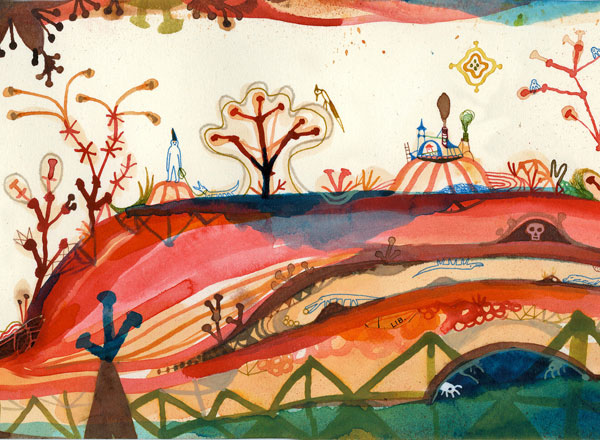The New York Times finally has an Op Ed piece about so-called “invasive” species that is not over-the-top fear mongering with the ethically bankrupt premise that preaches mass slaughter of animals (and plants) in order to return the world to a mythical state we can never return to. Hugh Raffles writes that:
[J]ust as America is a nation built by waves of immigrants, our natural landscape is a shifting mosaic of plant and animal life. Like humans, plants and animals travel, often in ways beyond our knowledge and control. They arrive unannounced, encounter unfamiliar conditions and proceed to remake each other and their surroundings. Designating some as native and others as alien denies this ecological and genetic dynamism. It draws an arbitrary historical line based as much on aesthetics, morality and politics as on science, a line that creates a mythic time of purity before places were polluted by interlopers.
He also debunks the false underlying premise of the “Invasion Biology” school that migration of plants and animals is inherently bad, stating that “non-native plants and animals have transformed the American landscape in unmistakably positive ways. Honeybees were introduced from Europe in the 1600s, and new stocks from elsewhere in the world have landed at least eight times since. They succeeded in making themselves indispensable, economically and symbolically. In the process, they made us grateful that they arrived, stayed and found their place.”
Today, a species’s immigration status often makes it a target for eradication, no matter its effect on the environment. Eucalyptus trees, charged with everything from suffocating birds with their resin to elevating fire risk with their peeling bark, are the targets of large-scale felling. Yet eucalyptuses are not only majestic trees popular with picnickers, they are one of the few sources of nectar available to northern Californian bees in winter and a vital destination for migrating monarch butterflies.
Or take ice plant, a much-vilified Old World succulent that spreads its thick, candy-colored carpet along the California coast. Concerned that it is crowding out native wildflowers, legions of environmental volunteers rip it from the sandy soil and pile it in slowly moldering heaps along the cliffs. Yet ice plant, introduced to the West Coast at the beginning of the 20th century to stabilize railroad tracks, is an attractive plant that can also deter erosion of the sandstone bluffs on which it grows.
Finally, he shows why trying to stop it is to propose a slaughter with no end as “efforts to restore ecosystems to an imagined pristine state almost always fail: once a species begins to thrive in a new environment, there’s little we can do to stop it. Indeed, these efforts are often expensive and can increase rather than relieve environmental harm.”
Read “Mother Nature’s Melting Pot” by clicking here.
For further reading:
